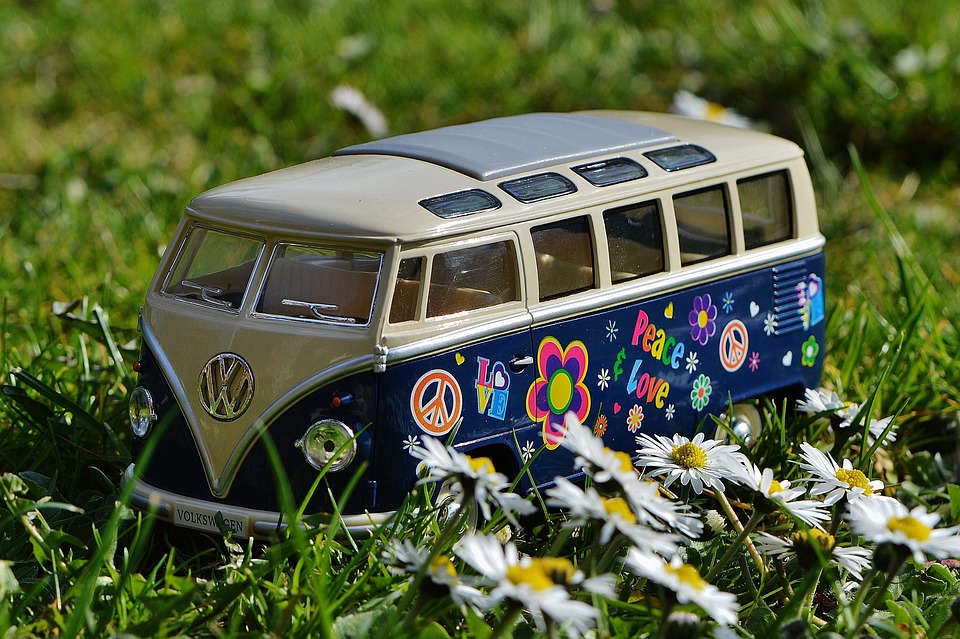Table of Contents
Introduction
Imagine waking up to the sounds of birds chirping, feeling the refreshing breeze on your face, and being surrounded by the beauty of untouched landscapes. This is what draws people to wild camping – the opportunity to reconnect with nature and escape the hustle and bustle of everyday life.
In this guide, we will take you through everything you need to know about wild camping, from choosing the perfect location to staying safe in the wilderness.
Choosing the Right Location
When it comes to wild camping, the location is key. Look for areas that allow wild camping or have designated spots for it. Research the regulations and restrictions of the area you plan to visit to ensure you don’t end up trespassing or causing harm to the environment. National parks and forests often have guidelines for wild camping, so familiarize yourself with them.
Essential Gear and Equipment
Packing the right gear and equipment is crucial for a successful wild camping trip. Some essential items to include are a sturdy tent, sleeping bag, camping stove, water filter, headlamp, and a first aid kit. Remember to pack lightweight and durable gear to make your camping experience more comfortable. Don’t forget to pack enough food, water, and extra layers of clothing for unpredictable weather conditions.
Leave No Trace Principles
Practicing leave no trace principles is essential to minimize your impact on the environment. Clean up after yourself, dispose of waste responsibly, and avoid damaging vegetation and wildlife. Leave the campsite as you found it, or even better, cleaner.
Staying Safe in the Wilderness
While wild camping can be an incredible experience, it’s important to prioritize safety. Always inform someone about your camping plans and expected return date. Familiarize yourself with the local wildlife and learn how to protect yourself from potential encounters. Carry a map and compass, and be prepared for emergencies by packing a satellite phone or an emergency beacon.
FAQs Section
Q: Is wild camping legal?
A: The legality of wild camping varies depending on the location. Some areas may have specific laws or regulations prohibiting wild camping, while others may allow it under certain conditions. Always research and respect the rules of the area you plan to camp in.
Q: Can I build a campfire while wild camping?
A: Campfire regulations also vary by location. Some areas may allow campfires, while others prohibit them entirely or only allow them in designated areas. Ensure you familiarize yourself with the regulations and practice proper fire safety measures if campfires are allowed.
Q: Are there any risks associated with wild camping?
A: Like any outdoor activity, wild camping comes with its own set of risks. These include encounters with wildlife, unpredictable weather conditions, and getting lost. By taking precautions, conducting thorough research, and being prepared, you can mitigate many of these risks.
Q: How can I find suitable wild camping spots?
A: There are various resources available to help you find suitable wild camping spots. Online platforms, camping forums, and guidebooks can provide valuable information about locations, regulations, and reviews from other campers. Additionally, reaching out to local camping communities or park rangers can offer insider tips and recommendations.
Q: Can I camp anywhere in national parks or forests?
A: National parks and forests often have designated camping areas and specific regulations regarding wild camping. While some may allow camping anywhere within their boundaries, others may only permit camping in designated sites. Always check the rules and restrictions of the specific park or forest you plan to visit.




